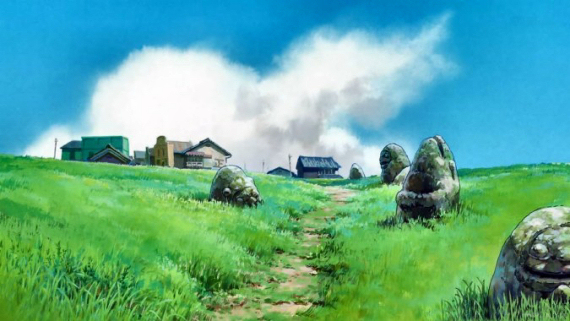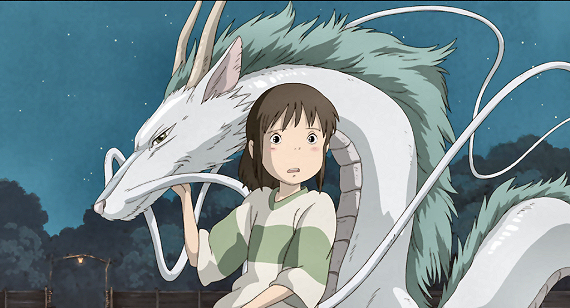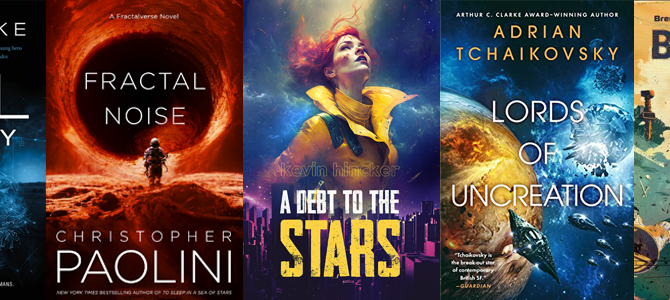
Me azaki, you azaki, we all azaki for Miyazaki! Silly, yes, but if you aren’t familiar with one of Japan’s best and most famous filmmakers—Hayao Miyazaki—and one of his most famous movies, you need to read this column. Hey, even if you are, I hope there might be some useful information that you haven’t seen before, although it will be very condensed for reasons of length.
Born six years and four days before I was (his actual birthdate was January 5, 1941), Miyazaki Hayao (the Japanese way of saying his name) was a child of WWII; his father was reluctantly released from the Japanese army because he had a wife and child. Father and son were never very close (according to Wikipedia), but they saw a lot of movies together. Young Miyazaki grew up reading manga (Japanese comics/graphic novels), and at about age 22 went to work for Tohei studio. He worked on many anime films, partially as an in-betweener, honing both his knowledge of films and his own illustration/animation talents. In 1985, he co-founded Studio Ghibli with several fellow animators. Based on a manga, and featuring an ecological disaster premise, Ghibli’s first film was Nausicaä of the Valley of the Winds (Figure 3), which became a great commercial success in Japan.
Over the following years Studio Ghibli and Miyazaki have put out many great films considered to be anime, but mostly lacking the distinctive characterizations used in what’s often considered anime derived from manga, or Japanese cartoons. Those characterizations often focus on overly large eyes and a set of facial expressions that are lacking in most Ghibli/Miyazaki films. (Some early films that Miyazaki worked on, like the Detective Conan films and the Cagliostro/Lupin III movies, do have those anime characterizations.) Most of Miyazaki’s movies attempt a more realistic look, as in a realistic watercolour painting. Some of the best visual frames in Spirited Away could well stand as paintings to be hung on a wall (Figure 2).

Some characters are portrayed as exaggerations, but different exaggerations from the usual run of anime films—I refer to Yubaba (Figure 5) and her sister Zeniba (more on them later), the baby, the dragon Haku, and some of the bathhouse attendants.

The storyline (spoilers here) involves a young girl (10 or 11 years old) named Chihiro (Figure 2), whose family moves to a new place, forcing her to leave her school and friends. On the way, her father gets lost, and they stop at an abandoned amusement park (one of many, apparently, in Japan) where they become embroiled in the spirit world, at a traditional Japanese bathhouse, run and ruled by a witch named Yubaba.

She steals Chihiro’s name, renaming her as Sen—there’s an old folktale in many cultures that says you can control someone if you know their true name; and forces Chihiro/Sen to work at the bathhouse to redeem her parents’ lives—the parents, due to their greed, have been turned into giant pigs. Sen is aided by a boy named Haku (Figure 7), who sometimes appears as a flying dragon. She grows up (mentally) from her youth during the time she works in the bathhouse, meeting not only non-human workers—who all initially despise her for being human—but weird non-human spirits who come to the bathhouse to be cleansed. (In Japan, a lot of people believe that even plants and animals can have spirits, called kami.)

One of the most important non-humans is a ghostly spirit called “No-face” (who, because he is a faceless spirit, wears a Noh mask, Noh being traditional Japanese theatre) (Figure 5). No-face also has his own character arc, going from a nearly voiceless spirit hanging around the bridge that leads to the bathhouse to a giant greedy spirit trading (false) gold for food, and eating more than Sen’s parents could dream of. Chihiro/Sen undergoes many adventures—for me, her journey from being a child is very similar to Alice’s journey in the Lewis Carroll books, where things do not always follow what would seem to be a logical sequence—but dreamlike episodes must be accepted as part of the journey. She meets the witch’s twin sister, Zeniba, in an attempt to rescue Haku, the dragon.

Although it appears that all these things are from traditional Japanese folklore, in reality they are only distantly from folklore because of Miyazaki’s upbringing; in fact, they’re mostly creations of Miyazaki’s mind. He had in mind creating a fairytale for ten-year-old girls, and succeeded in creating a fairytale for adults as well. And like a fairytale, there are lessons imbedded into the story, and comments on society as well.

For example, Chihiro’s parents being turned into pigs is a blatant comment on consumerism and greed, as is the “gold” produced by the spirit No-face for all the bathhouse’s attendants. Chihiro helps to clean a river spirit of a body full of filth—including a bicycle and other discarded junk—which is obviously a reference to ecology, and what people are doing to the environment (Figure 7). There’s more text and subtext to discover as you watch this film, including flight, which figures in many of Miyazaki’s movies. Here’s the missing “Figure 3”; now Figure 8. Nausicaä of the Valley of the Winds.

If you read the Wikipedia article on Spirited Away (linked here), you will undoubtedly want to follow some of the links in the article. It’s a fascinating look into a different culture and one of the geniuses of that culture (I refer, of course, to Japan and Hayao Miyazaki.) And after you’ve watched this movie, you should move on to all the other Ghibli films and some of the non-Ghibli anime that Japan produces. You will be rewarded.
If you’d like to comment on what I’ve said here, you can comment here or on Facebook, or even by email (stevefah at hotmail dot com). All comments are welcome! (Just be polite, please.) My opinion is, as always, my own, and doesn’t necessarily reflect the views of Amazing Stories or its owner, editor, publisher or other columnists. See you next time!










